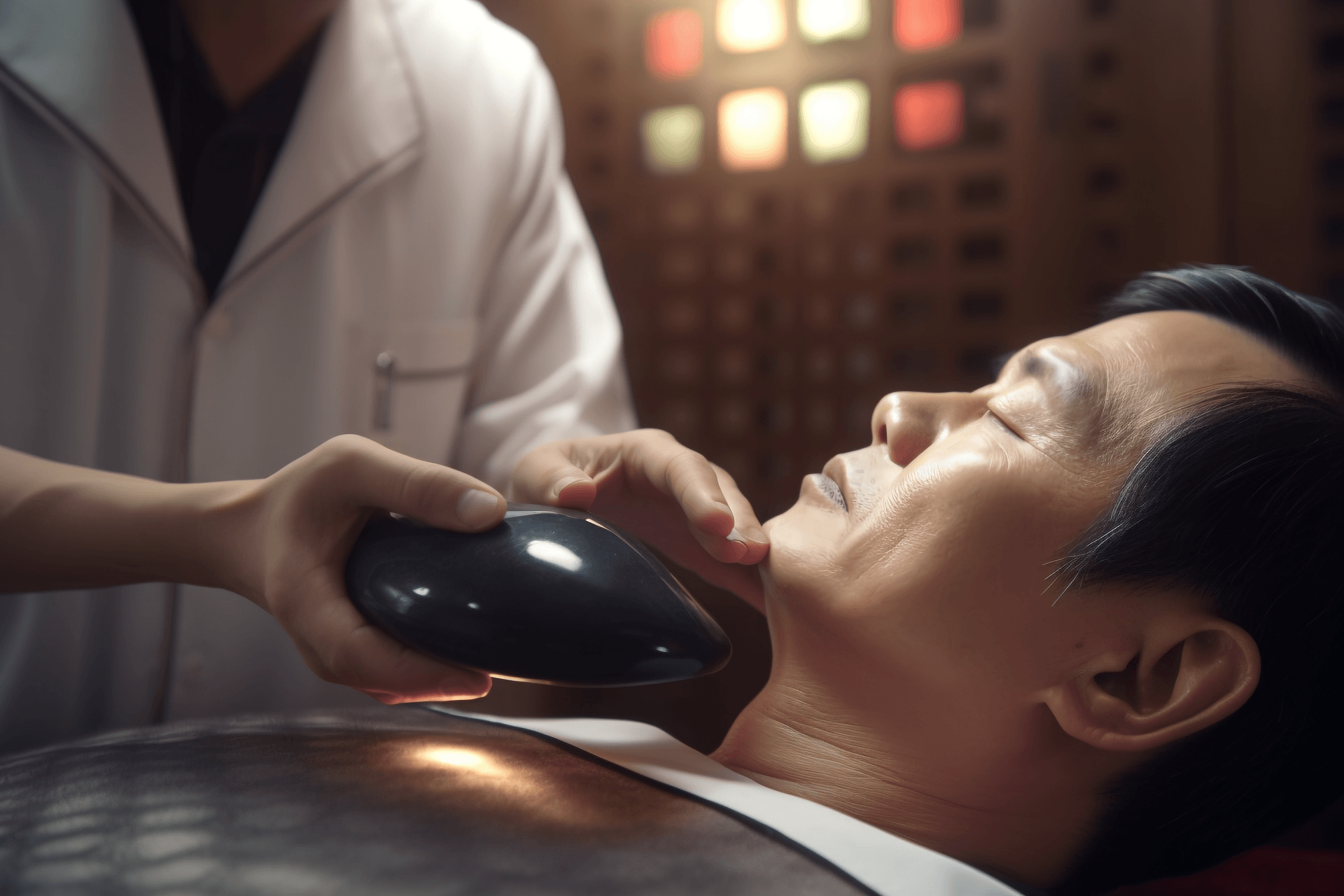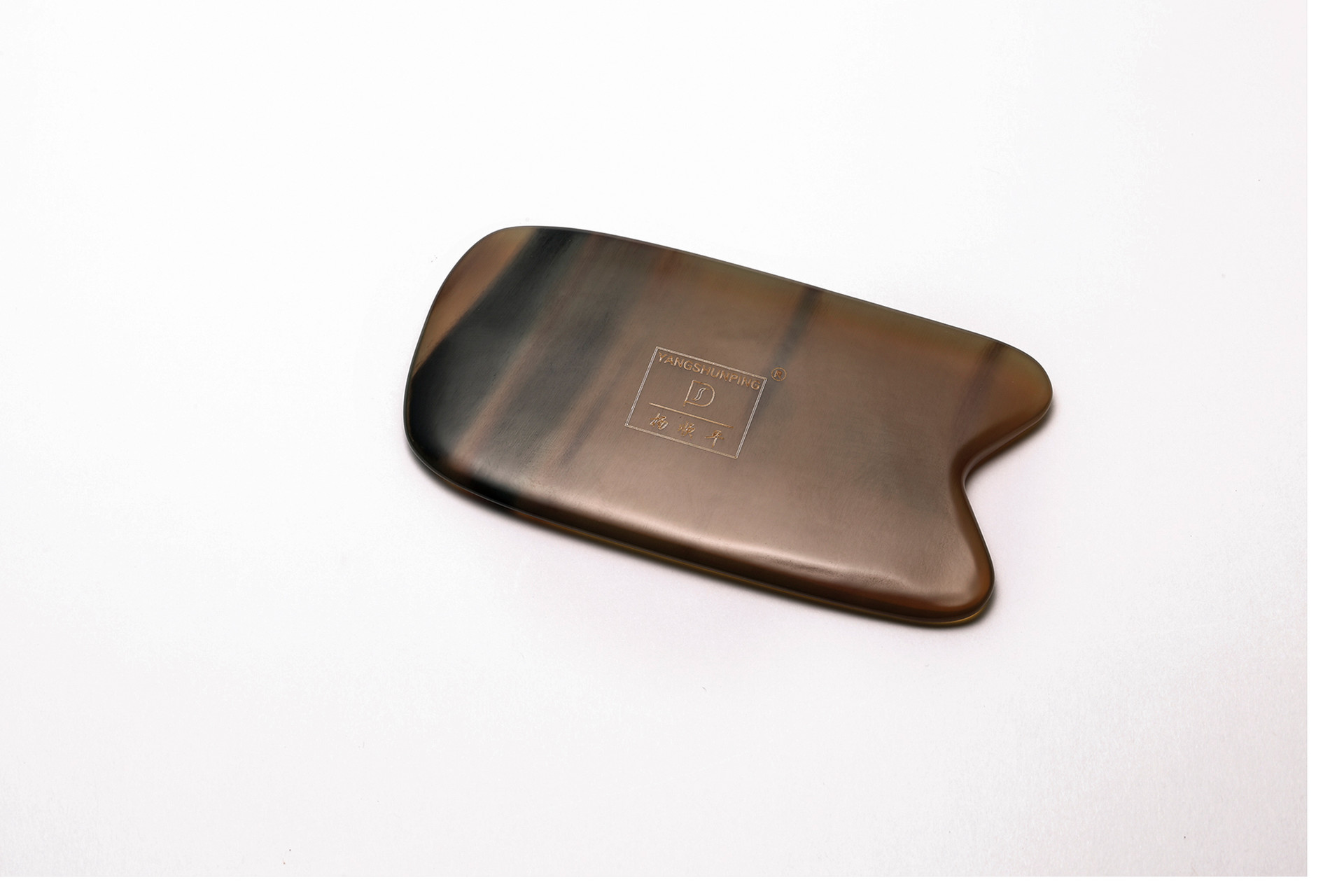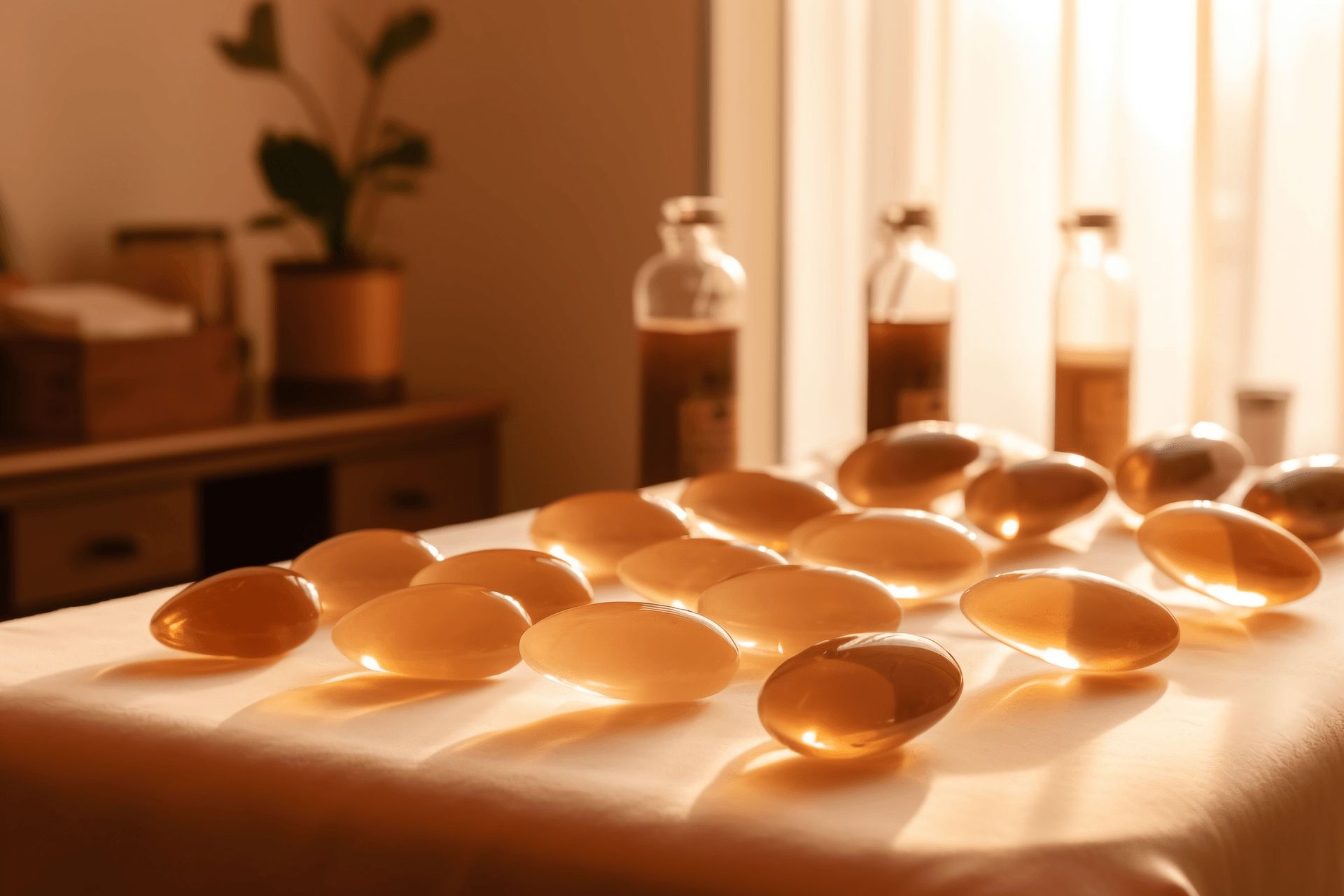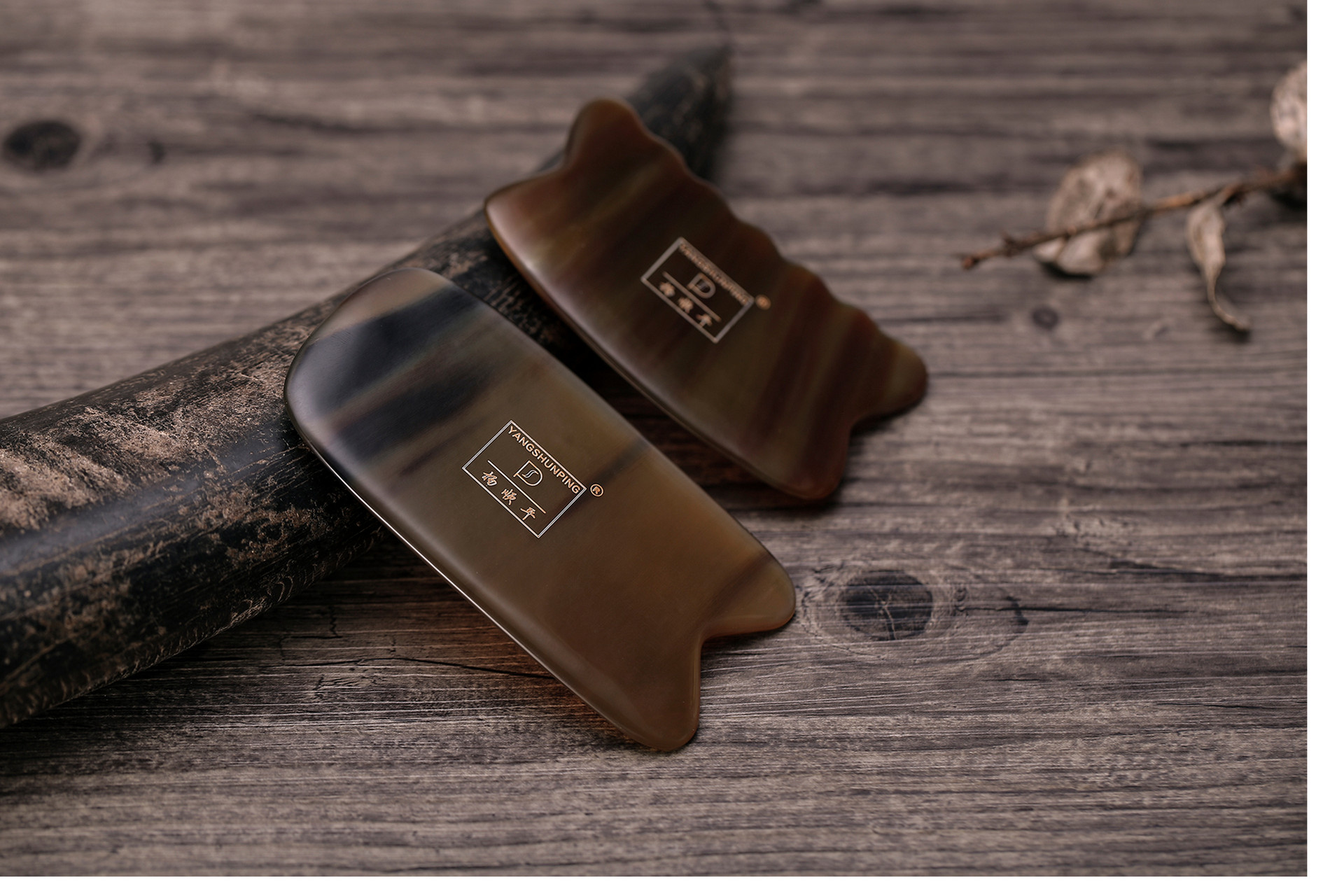The Chinese technique of Gua Sha is an important part of non-pharmaceutical treatment in Traditional Chinese Medicine (TCM). It falls under the category of external treatment in TCM. Gua Sha therapy is performed on the surface of the body, specifically on the skin, which is considered as the "skin area" of the meridians.
The skin area refers to the division of the skin according to the meridian system. It represents the surface distribution of the twelve meridians, where the meridians are linear and the collaterals form a network, while the skin area is divided into "areas of the face". Therefore, acupuncture primarily focuses on "points," while Gua Sha primarily covers "areas of the face". The skin area reflects the meridians on the body's surface. The "Plain Questions - Discussion on the Skin Area" discusses the sequence and rules of pathological changes in the twelve organs.
Internal pathological changes can also be manifested in the skin area, and internal diseases can be judged through the examination of changes in the skin area. The "Plain Questions - Discussion on the Skin Area" states: "If the color is mostly blue, it indicates pain; if it is mostly black, it indicates numbness; if it is yellow or red, it indicates heat; if it is mostly white, it indicates cold; if all five colors are present, it indicates both cold and heat." It points out that observing changes in the color of the skin area can help diagnose diseases.
Pathological changes in the organs and meridians also manifest in the following changes on the surface of the skin: feeling the skin's temperature, whether it is warm or cool; whether it is moist or dry; whether it is thick or thin; whether it is rough or smooth; whether it is firm or soft; whether it is concave or convex; whether it feels like tendons, ropes, knots, pearls, grains of millet, small hammers, or wooden planks. Patients can also provide self-perceived sensations of the skin area during the diagnosis, such as feeling sour, numb, bloated, painful, stiff, heavy, tight, firm, warm, cool, experiencing a cool breeze, feeling heat radiating, a sensation of ants crawling, or wriggling, feeling the flow of energy like an electric current or water.
In summary, the location of the disease can be understood through visual inspection, palpation, and inquiry of the skin area, while the application of Gua Sha is performed on the skin area of the meridians. Acupoints are not just points; they are three-dimensional areas. The location of regular acupoints may vary between health and disease, but this variation rarely deviates from the corresponding skin area of the meridian. Ashi points, in particular, are sensitive tender points on the skin area that change with disease progression.
Gua Sha is performed on the skin area, covering a relatively large area of the skin. The therapy targets not only one or two acupoints but sometimes even dozens of acupoints. For example, when performing Gua Sha on the back, even if the acupoints vary, they remain within the treatment area. This is why Gua Sha therapy has proven to be effective in treating diseases.








